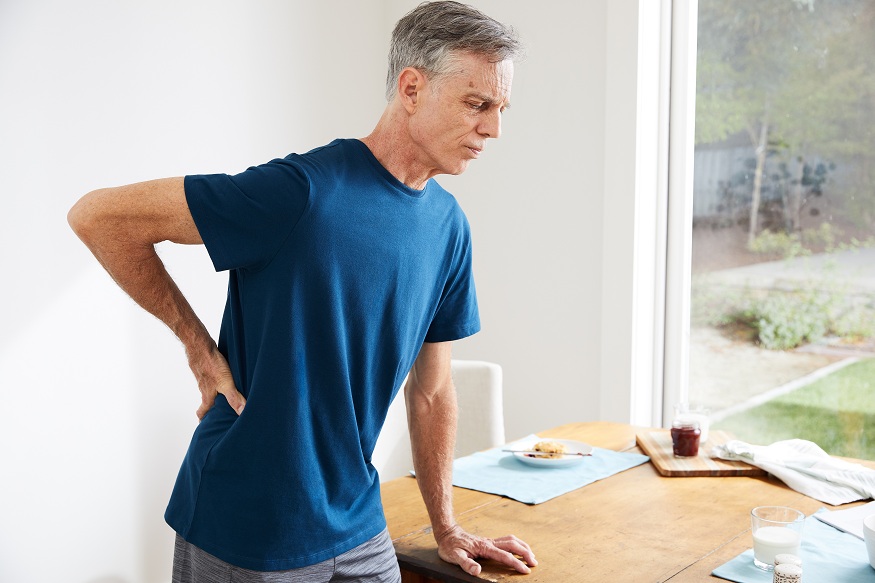In healthcare, nurses are the heart of patient care—steadfast, resilient, and deeply compassionate. Yet the physical and emotional demands of their work can take a serious toll. One of the most persistent challenges they face is the impact of prolonged standing. Hours spent on their feet contribute not only to fatigue and discomfort but also to long-term health concerns that affect both body and mind.
Below, we’ll explore how extended standing impacts nurses and outline practical strategies to help reduce its effects.
The Toll of Long Hours on the Feet
Extended periods of standing often lead to musculoskeletal issues such as lower back pain, leg swelling, and joint stiffness. Hard hospital flooring and constant motion only worsen these conditions, putting nurses at greater risk for chronic pain and injury.
However, the strain isn’t purely physical. The mental effects can be equally draining. Long shifts, limited breaks, and physical exhaustion can trigger stress, anxiety, and burnout—factors that compromise both well-being and job satisfaction. Addressing this challenge requires a holistic approach that considers the physical, mental, and organizational aspects of nurse wellness.
Practical Strategies for Relief
To reduce the strain of prolonged standing, nurses can adopt several proactive measures.
Supportive footwear is one of the most effective tools for protection. Shoes with cushioning, arch support, and slip-resistant soles help absorb impact and reduce pressure on joints. Hydration is also essential—staying well-hydrated helps prevent muscle cramping and fatigue.
Taking short, frequent breaks provides much-needed relief. Even a few minutes to sit, stretch, or move can improve circulation and reduce stiffness. Incorporating simple stretching or mobility exercises during these breaks can further relieve muscle tension and help maintain flexibility.
Anti-fatigue mats are another valuable resource, especially for nurses who work in stationary positions for long stretches. These mats soften the surface underfoot and help minimize discomfort from standing on hard floors. Additionally, applying ergonomic principles—such as alternating between sitting and standing tasks whenever possible—can help balance physical exertion throughout a shift.
Building a Culture of Support
Individual strategies are important, but lasting improvement also depends on workplace culture. Healthcare organizations must take an active role in promoting nurse wellness through education, resources, and supportive policies. Training in ergonomics and injury prevention can help nurses make informed adjustments, while open communication channels give staff a voice in addressing workplace challenges.
Creating a culture of support doesn’t just reduce strain—it strengthens morale, retention, and overall quality of care. When nurses feel valued and cared for, they are better able to deliver compassionate, attentive care to their patients.
Toward a Healthier, More Resilient Workforce
The ongoing nursing shortages and rising turnover rates across the country underscore the importance of protecting nurse health and well-being. Addressing the strain of prolonged standing is a vital step in that effort.
By combining practical self-care habits with supportive workplace initiatives, healthcare institutions can create environments that sustain their nurses both physically and emotionally. Ensuring nurse wellness isn’t just a matter of comfort—it’s a commitment to sustaining the heart of healthcare with strength, balance, and vitality.
Want to learn more about the strain of standing on nurses and how to address it? Check out the accompanying resource from Dansko, a maker of mary jane shoes.




